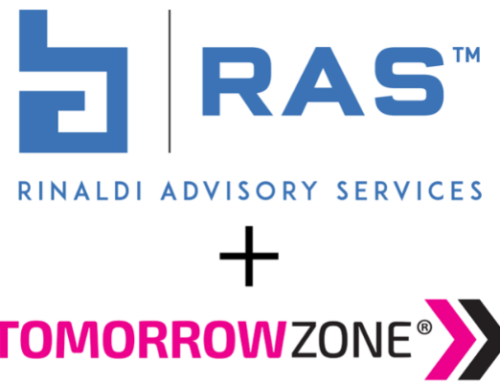
What do you think when you hear the term “virtual reality”? You might picture an imagined future you’ve seen in films. Or, perhaps, your mind ventures to augmented reality in video games. But, when I think of virtual reality in the age of COVID, I think of the new challenges we’re experiencing while working in remote environments.
Many of us have experienced a shift in our workdays, and this new normal will continue for the foreseeable future. We have to accept it and adapt if we want our businesses to survive. However, I know that this is a challenge for many companies, and many professionals stumble into common pitfalls.
One of the most common issues I’ve seen in the virtual work environment is a lack of planning for adoption ease.
Many employees have had several tools thrown at them with very little explanation of using those tools to solve their new work-life challenges. This method will never work. After all, a fool with a tool is still a fool. One way to help your team members thrive – in our new virtual reality, change how you conduct meetings.
Here are a few tips to get you started on the right path:
- Plan your meetings: You don’t have to spend a ton of time planning, but you should have a clear path in mind when you start your team meetings. What will you be discussing? Are you leading the discussion, or is someone else in charge? How much time do you have for new and old business? Will there be a Q&A period?
- Practice your facilitation skills: I know that facilitation is a tricky skill, but it’s one we can all learn and improve. And, in a virtual environment, facilitation is more crucial than ever before. It’s easy for employees to feel excluded in the virtual world, so you must intentionally design a conversational space that allows for inclusivity.
- Continue to foster your company culture: A common complaint I’ve heard since COVID began is that people miss office life’s daily serendipities. Remember when you’d pass a coworker in the hall and stop to have a quick chat about your day or an upcoming task? In a remote work environment, we lose that spontaneity. You can still foster teamwork, relationships, and good culture in a virtual environment. It takes deliberate spontaneity, which may seem impossible by definition. What I mean by that is planning to create the conditions for spontaneity to happen. Perhaps, you can start 15-minute check-ins throughout the week or hold virtual happy hours. Create a brief, casual meetup to allow people to have fun connecting on non-business topics.
- Embrace the power of visual brainstorming: Have you ever been in a meeting that you thought went well only to find out later that nobody was actually on the same page? Without a visual component, it’s easy for teams to experience miscommunication. So, I recommend that you go visual as quickly as possible. To do this, you can use a spectrum of generally available applications from a simple notes app and screen share to keep track of what’s being discussed to digital whiteboard tools where everybody can add virtual sticky notes at the same time.
Whatever tools you choose, the key is in planning first for the human experience. Humans first, technology second.





